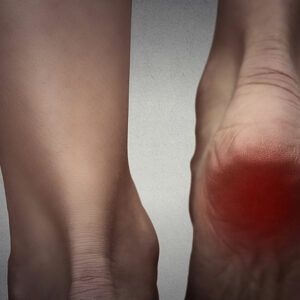Vitiligo – Common types and management options

Vitiligo is an autoimmune condition that affects the skin. It develops when the immune system starts to destroy melanocytes, which are a type of skin cells that release melanin, giving skin its natural pigment or color. With vitiligo, melanin production is affected, causing certain areas of the skin to appear lighter than the natural skin tone. Usually classified into non-segmental and segmental vitiligo, this condition is often treated through the process of repigmentation.
Types of vitiligo
Non-segmental vitiligo
In non-segmental vitiligo, patches of light skin start developing on similar symmetrical regions like both hands, arms, or legs. This is a common type of vitiligo.
Segmental vitiligo
This type of vitiligo is not as common as non-segmental vitiligo. Also, it is different since only one side of the body is affected, unlike non-segmental vitiligo where both sides of the body have white skin patches. In segmental vitiligo, quick loss of pigmentation occurs over 6-12 months. After this period, the loss of color stops, and no new spots or patches develop.
Management options
Repigmentation for vitiligo treatment
In several cases of vitiligo where it is widespread, the treatment process usually includes repigmentation. This is done through various methods that work by trying to restore the skin’s natural color. These methods generally include procedures like light therapy. This procedure involves exposing the skin to ultraviolet B or UVB light.
Tools such as light boxes, medical-grade lasers, or other UVB or UV light sources are used for this purpose. Also known as phototherapy, this procedure is done by healthcare professionals like dermatologists and estheticians. It requires several short therapy sessions to get the most desirable results over time.
Use of topical creams for managing vitiligo
Topical creams and ointments are usually prescribed by healthcare professionals for treating vitiligo. Some of these creams help to cover up the white skin patches. Besides this, certain types of topical creams help restore the natural pigment or color of the skin by lowering the immune response. So, the body’s immune system is prevented from attacking the melanocytes, which slows down the progression of vitiligo.



